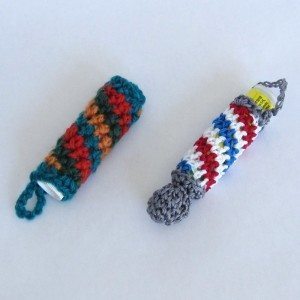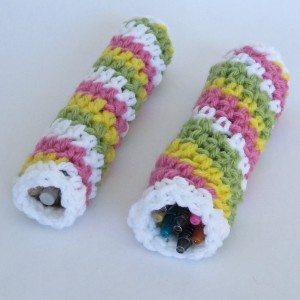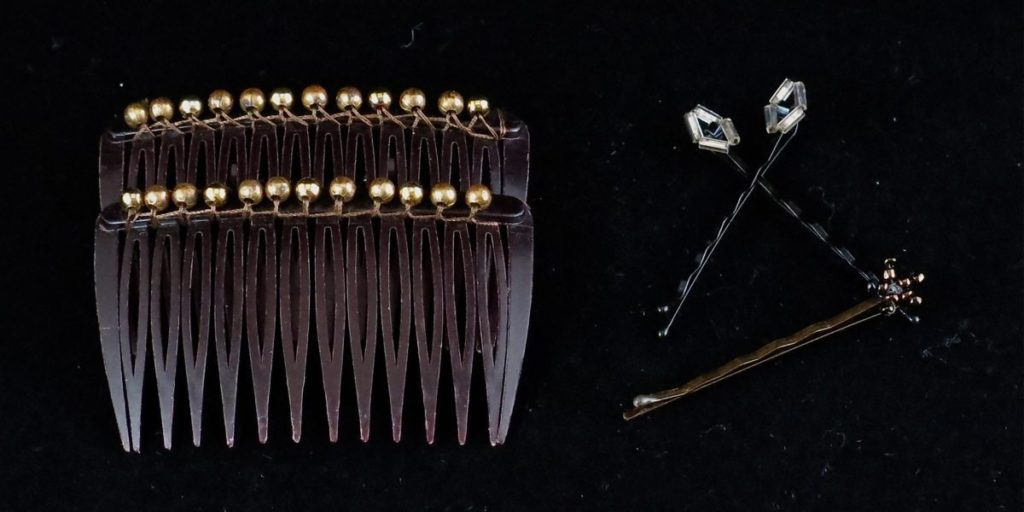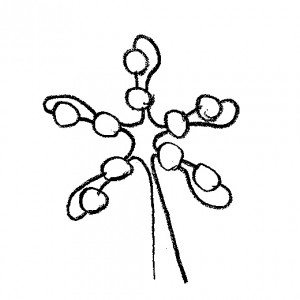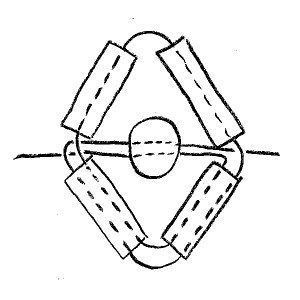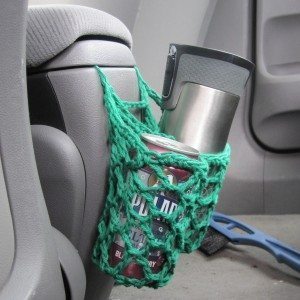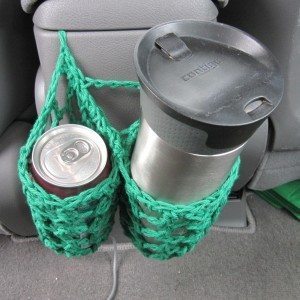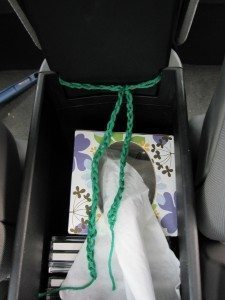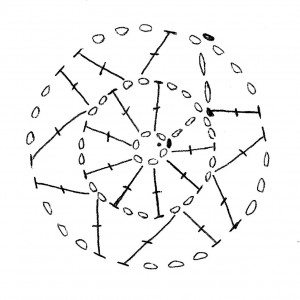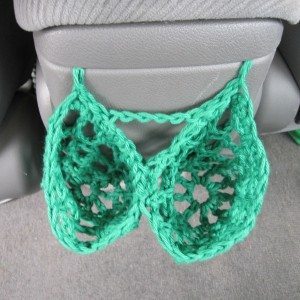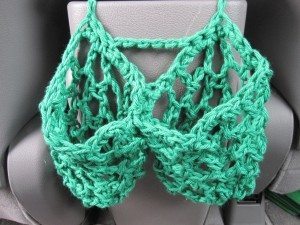This post is dedicated to the Champaign-Urbana Sweet Adelines chorus, Toast of Champaign.
Tomorrow is Barbershop Quartet Day, the 76th anniversary of a Tulsa songfest considered the beginning of the Barbershop Harmony Society. I’ve never celebrated, but it is nevertheless close to my heart because I grew up with barbershop music. My mother has been in a Sweet Adelines chorus (and sometimes quartets) throughout my life, and through her I heard many choruses and quartets, male and female. The latest Sweet Adeline Queens of Harmony are a young quartet called LoveNotes, but the big name when I was listening a lot was Ambiance. I believe I’ve seen them live; I know I saw Joker’s Wild and The Gas House Gang — I have the cassettes to prove it.
The latest music to hit my ears was from this gang:
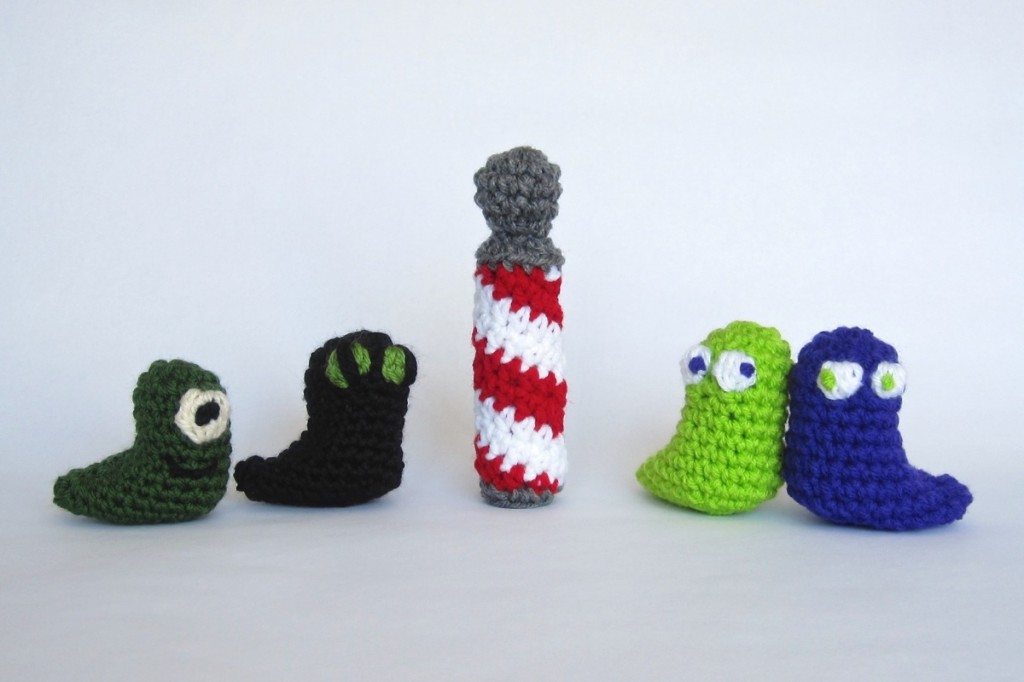
Be sure it’s true when you say “I love you;” it’s a sin to tell a lie…
If you have your own quartet, only lacking a barber pole, a pattern is below, in time to make for any of your Barbershop Quartet Day celebrations. It may be made with stripes in up to four colors. The one above is two white and two red stripes, but it would also be traditional to have two white, one red, and one blue stripe, with the white stripes separating the red and blue. The store has a name your price pdf of this pattern that not only prints more nicely, but also includes a 6-stranded version so you can make cheerful candy sticks, and instructions to use either the 4 or 6 stranded version for a lip balm cozy, pen case, or reading glasses sleeve.
